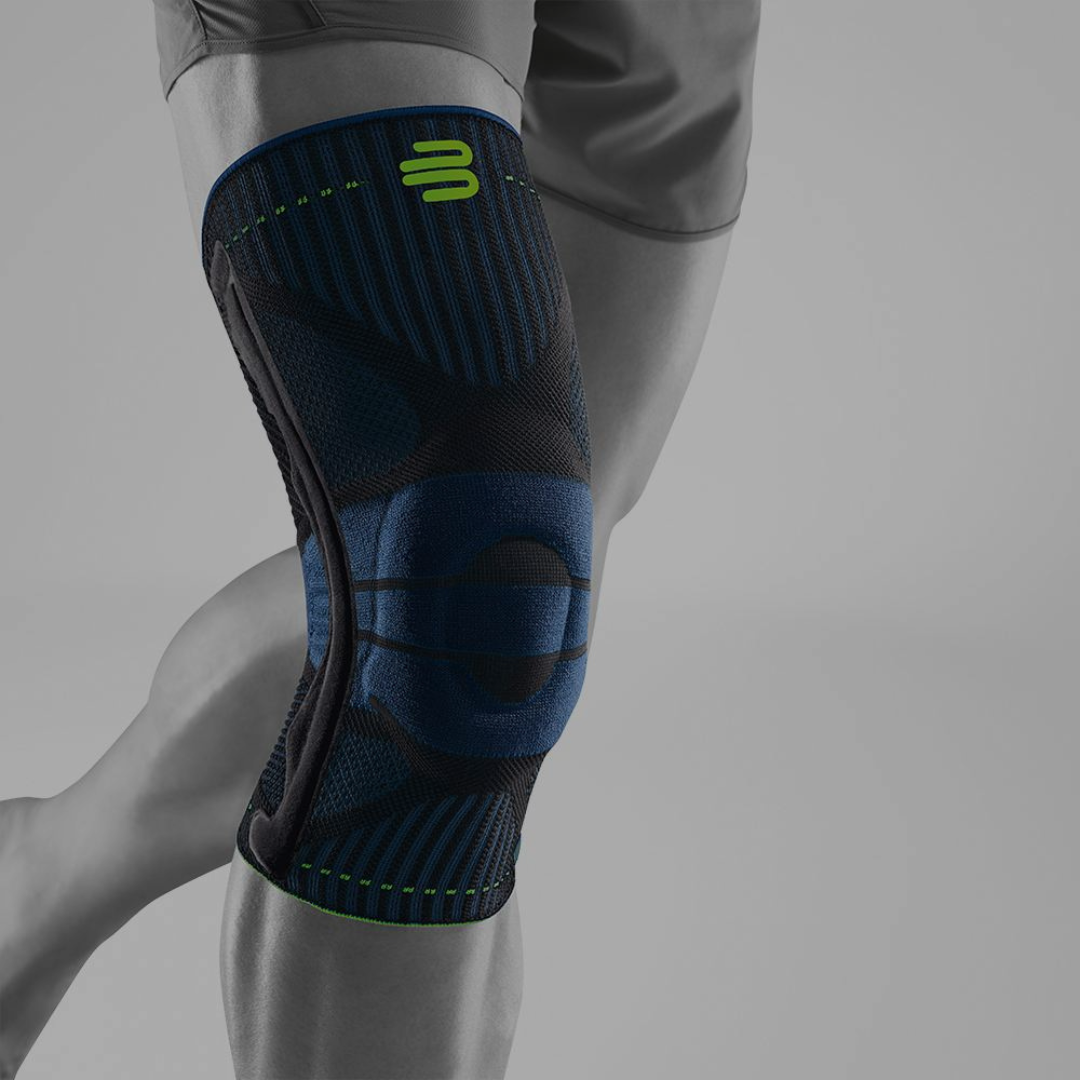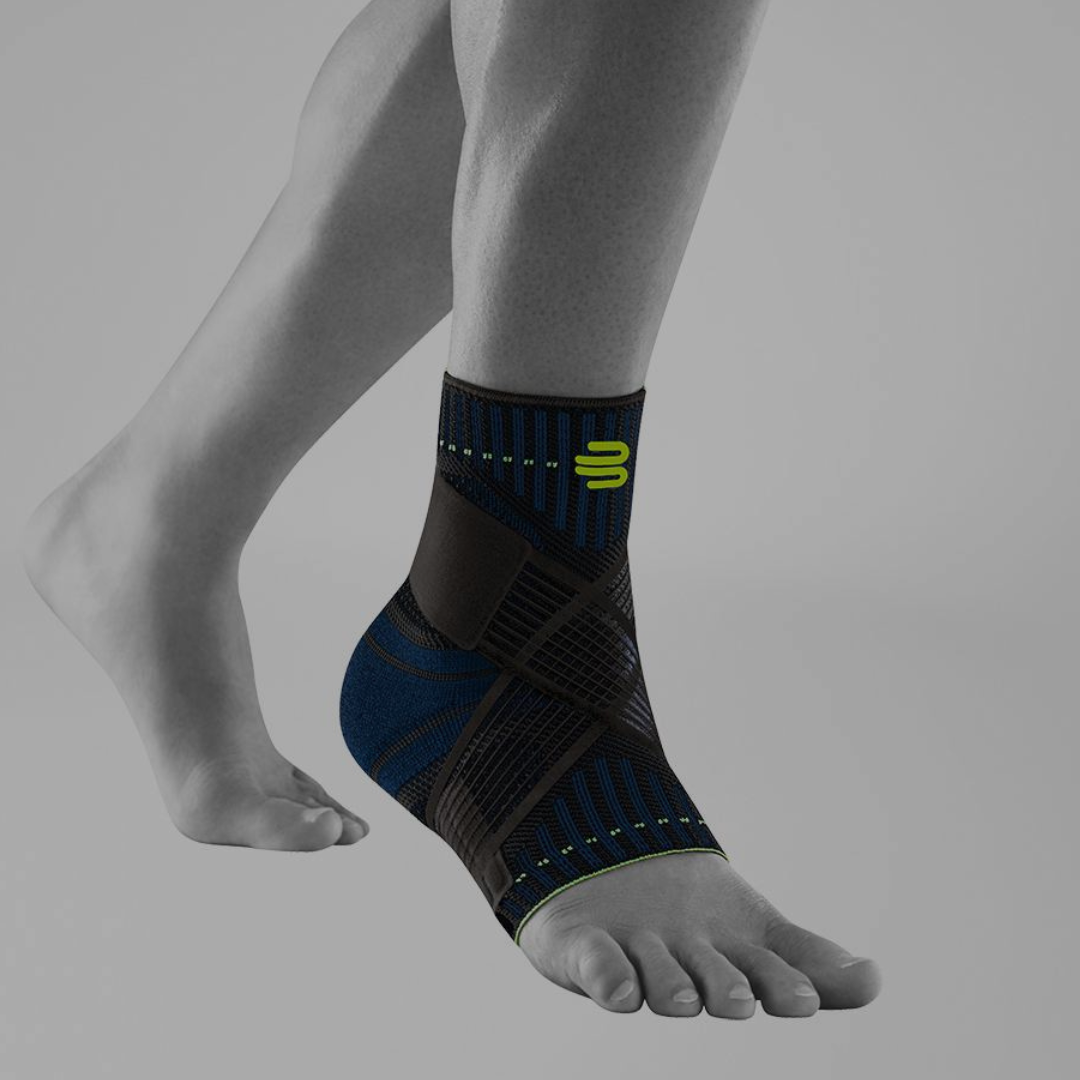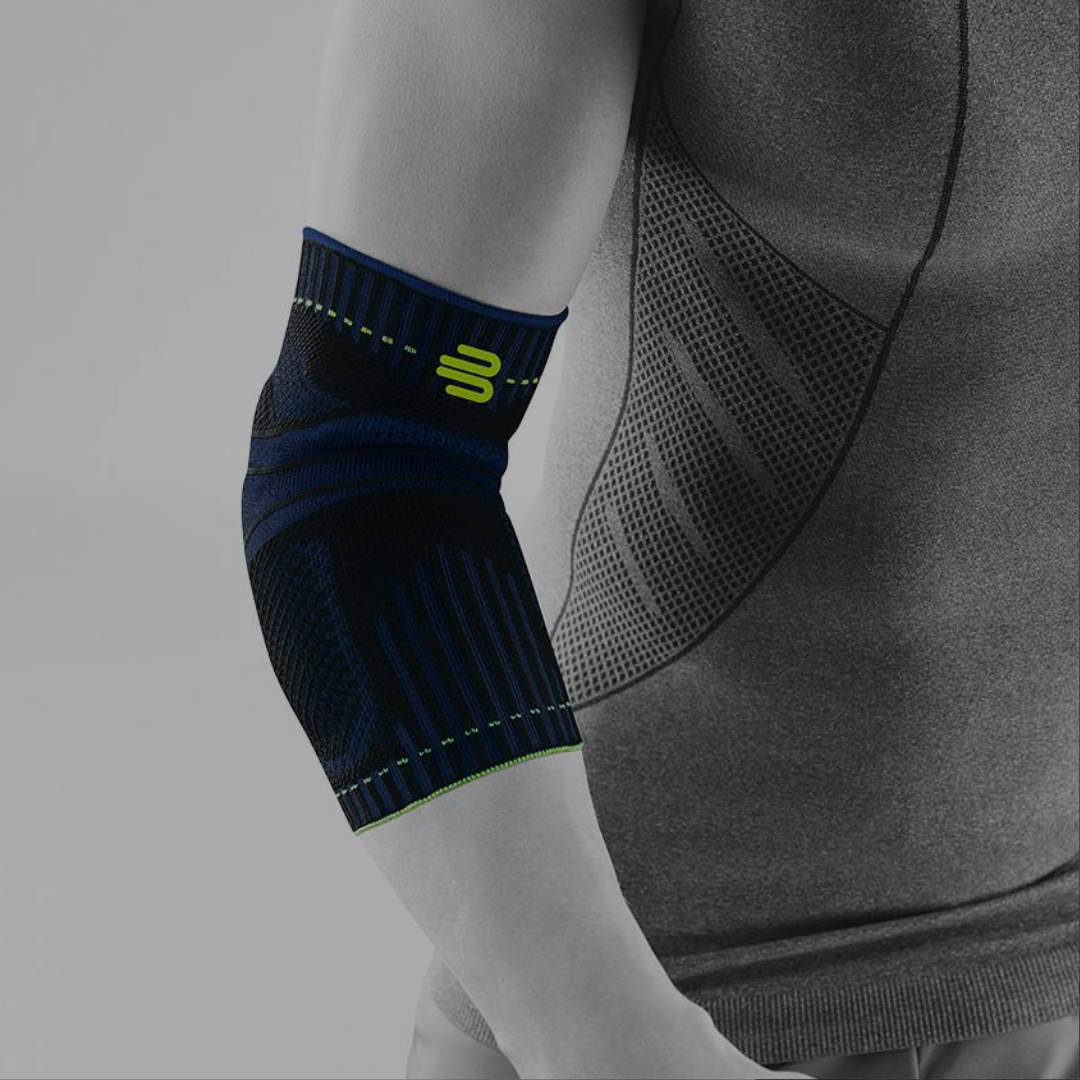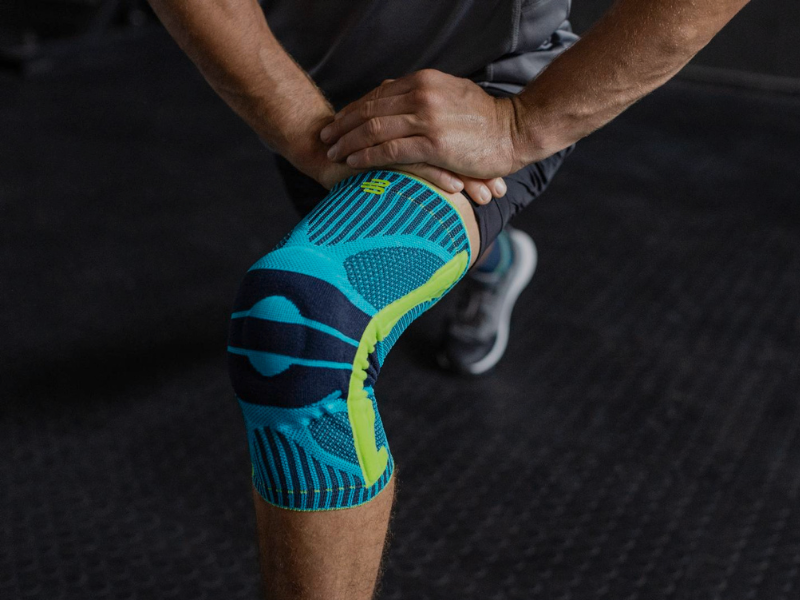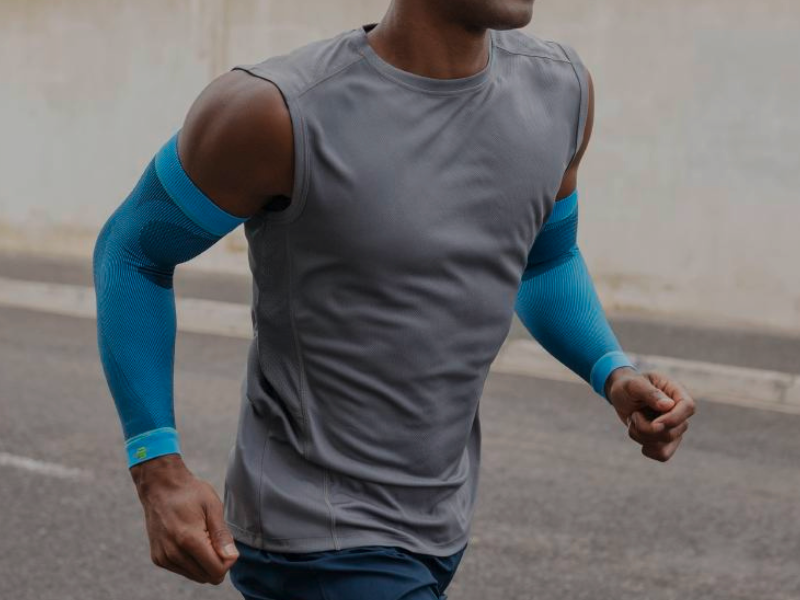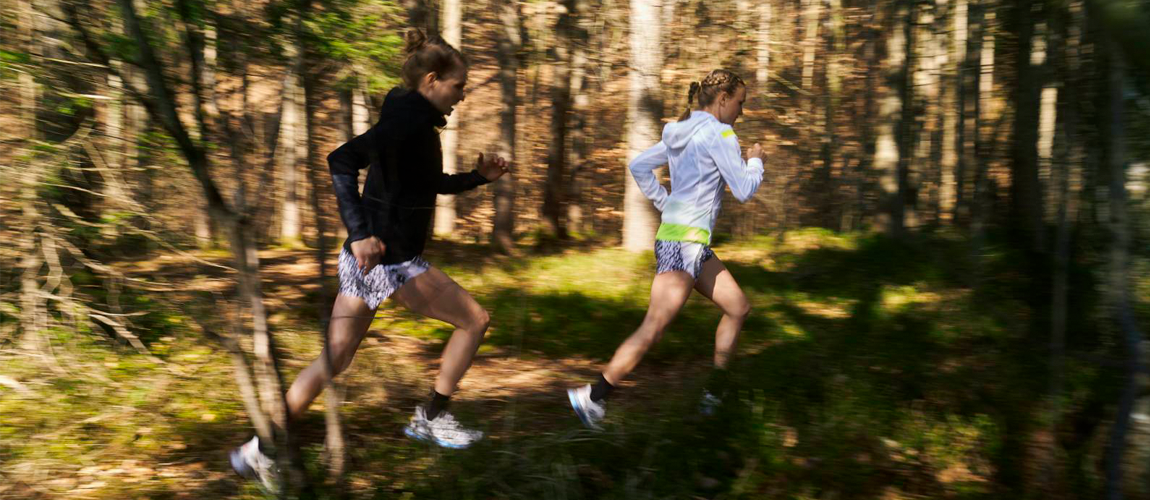What is runner's knee?

The cause of runner’s knee is usually excessive strain on the joint. A particularly sensitive pressure point during running is located above the knee cap on the outside, on a protrusion of the thigh bone. The iliotibial tract (IT band), a strand of thigh fascia fibers, runs across this protrusion, past the knee, before ending on the shin bone. The constant bending and stretching of the knee joint during running causes extreme pressure and rubbing on this protrusion. If the pressure and rubbing become too much, it will lead to an irritated iliotibial tract – and eventually to runner’s knee.
Runner’s knee is, therefore, a sign of excessive strain on the joint and depends on different factors, most commonly intensity of training, route characteristics, and the individual’s anatomy. If you want to find the cause of your runner’s knee, ask yourself the following questions:
- Have you trained too hard?
- Are your running shoes old or is that particular model unsuitable for your feet?
- Have you been running on a lot of hilly trails, downhill in particular?
- Are your muscles too weak?
- Have you stretched adequately?
It is often typical for beginners who have recently discovered running to approach the sport too enthusiastically. They increase the scope of their training too quickly and don’t spend enough time recovering. But experienced, ambitious runners, too, sometimes forget to listen to their bodies if they’re too focused on training. Then, they push themselves too hard.
How do you fix runner’s knee?
Even if it’s hard for you to take a break: in cases of knee pain, rest is always the first course of action. As an immediate measure and to combat acute pain, cooling with a cold pack or ice is helpful. Wrap the cold pack or ice in a towel to prevent skin and tissue damage caused by the cold. A little hint: frozen peas in a bag are great for cooling the knee! Do not cool your knee for too long at a time; 20 minutes is the maximum before you need to take a break. Repeat the process several times per day to reduce inflammation and pain.
To be safe, a physician should have a look at your knee to accurately diagnose runner’s knee. If needed, your physician can also prescribe anti-inflammatory medication, for example as a cream, to support the healing process.
Gentle exercises to stretch and strengthen your muscles also help with runner’s knee. They can make sure that your knee recovers. But be careful not to overdo it! It’s best if you speak to your physician about which exercises are suitable for you and if needed, get a referral for physical therapy.
Support to get back on track

Rest, cooling, anti-inflammatory medication and exercises to combat runner’s knee – these are highly beneficial for your body. In order to additionally boost the healing process, wearing a knee support also helps. It supports and relieves your knee and can alleviate pain – this is particularly important at the beginning when the problems are most severe and you want to stay active during your day.
Check out Bauerfeind's Sports Knee Support for additional stability and security when returning to running!


